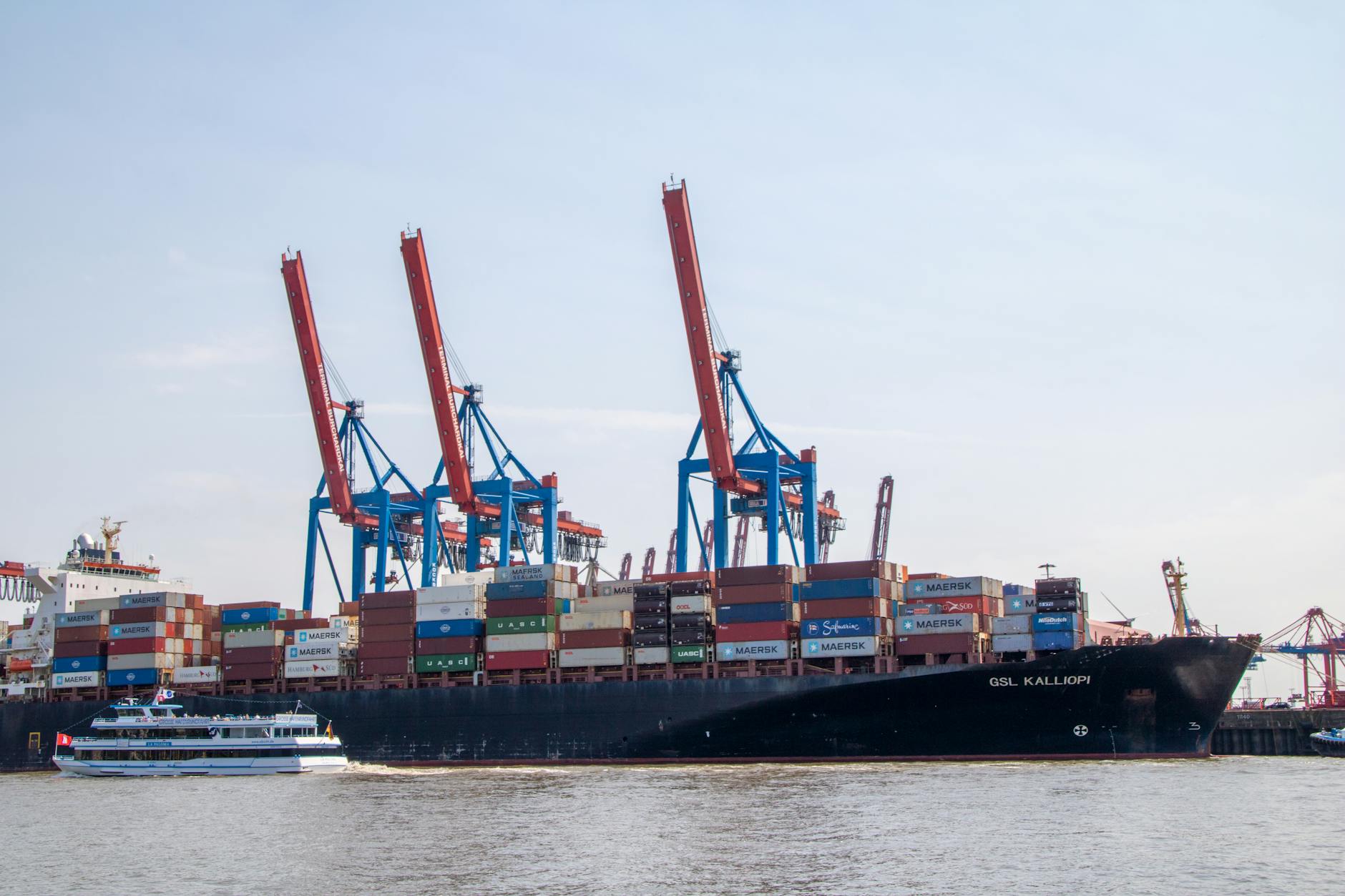Aus Container Logi: 101

Container logistics is the backbone of global trade, bound to the transportation of goods in standardized containers. The industry thrives on its ability to simplify the complex coordination between different modes of transport and regulatory environments. "Aus Container Logi: 101" serves as a compact guide to help you navigate through the challenges and strategies of effective supply chain management.
Understanding Container Logistics
Container logistics involves more than just moving a box from point A to B. It's a symphony of processes that ensure the efficient and secure transit of goods across vast distances. Every container's journey is a story of planning, management, and execution.
The Role of Containers in Global Trade
Shipping containers, which come in standardized sizes—largely 20-foot (TEU) and 40-foot (FEU) lengths—revolutionized the way goods are transported, offering:
-
Modularity: Containers can be easily stacked, shipped, and transferred across different transportation modes, including ships, trains, and trucks.
-
Security: They are sealed and locked, protecting their contents from theft and weather during transportation.
-
Efficiency: Standardization allows for faster loading and unloading, saving time and reducing costs.
Key Components of Container Logistics
-
Container Freight Stations (CFS): Facilities where goods are loaded ("stuffed") into or unloaded ("stripped") from containers.
-
Intermodal Transport: The use of more than one mode of transport to move the container along its journey without handling the cargo itself.
-
Logistics Providers: Third-party companies that specialize in managing logistics operations, including freight forwarders and non-vessel operating common carriers (NVOCCs).
-
Customs and Compliance: Ensuring all shipments adhere to international trade laws, including the correct documentation and duties.
Strategies for Efficient Supply Chain Management
Efficient supply chain management within container logistics hinges on several core strategies:
Embrace Technology
Incorporating technological solutions like Transportation Management Systems (TMS) and blockchain can enhance visibility, accuracy, and efficiency by:
-
Tracking Containers: GPS and RFID technologies offer real-time location tracking.
-
Automating Paperwork: Electronic documentation speeds up processes and reduces errors.
Optimize Container Utilization
Maximizing the space within each container and selecting the most suitable container type (dry container, reefer container, open top, flat rack, etc.) improves cost-effectiveness.
Establish Robust Network Partnerships
Building a network of reliable shipping lines, port operators, and other logistics service providers ensures smoother operations and may offer more competitive rates.
Regularly Analyze Performance
Continuous monitoring and analysis of key performance indicators (KPIs) help identify areas for improvement and drive strategic decisions.
Conclusion
"Aus Container Logi: 101" highlights that mastering the fundamentals of container logistics is crucial for any business involved in international trade. By understanding the processes, leveraging technology, and embracing strategic planning, you can ensure your supply chain is efficient and effective. Accessible education in the principles of container logistics can transform a complex system into an opportunity for business growth and success.
Start integrating these insights and continue exploring the field to keep your supply chain on the leading edge of global trade dynamics.